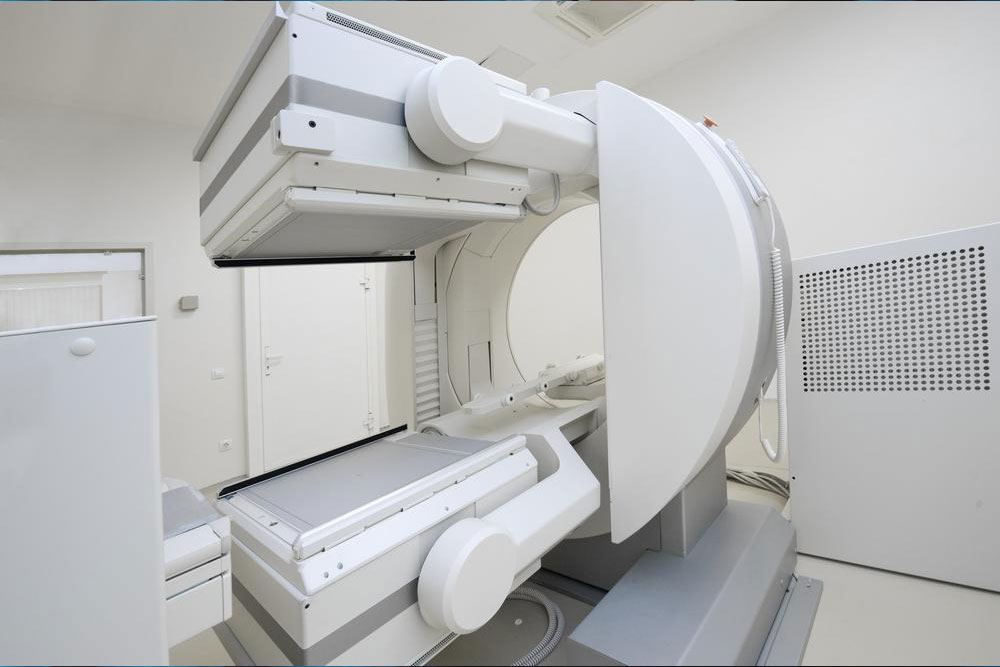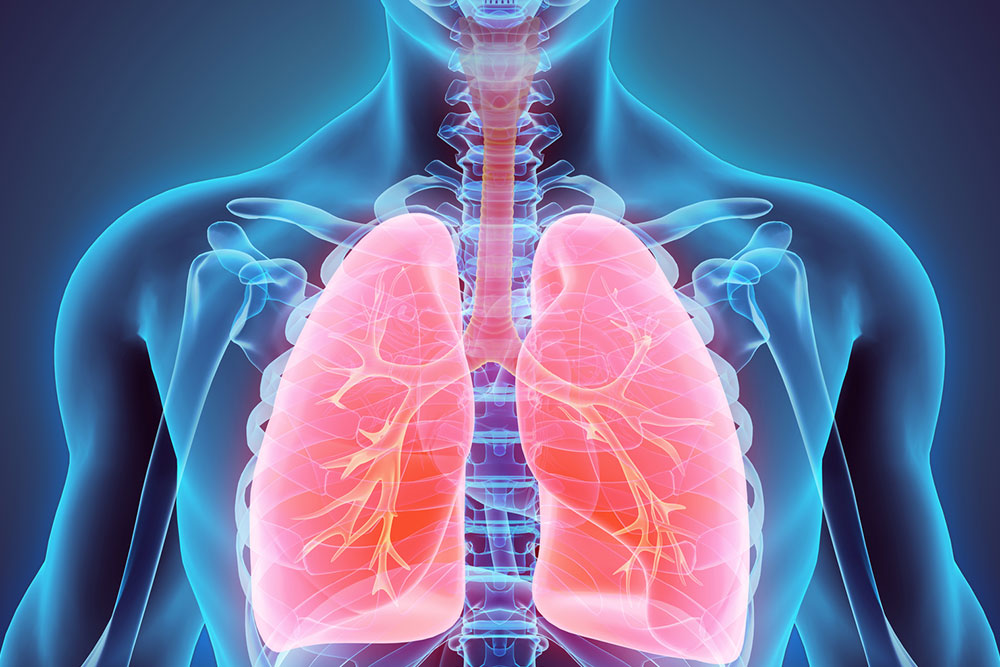Comprehensive Overview of PET Imaging’s Role in Lung Cancer Diagnosis and Treatment Strategies
This comprehensive article explores how PET imaging revolutionizes lung cancer diagnosis and management. It discusses the technology's accuracy, non-invasive nature, and vital role in staging and monitoring treatment response. Learn how PET scans help clinicians detect and treat lung cancer more effectively, ultimately saving lives. This article provides insights into the benefits of PET-CT, its procedure, and its significance in modern oncology, demonstrating its crucial role in improving patient outcomes and advancing personalized medicine in lung cancer care.

Enhanced Diagnosis and Management Through PET Imaging in Lung Cancer
Lung cancer stands as one of the most formidable health challenges globally, accounting for a significant proportion of cancer-related fatalities each year. Its aggressive nature and often late diagnosis contribute to poor prognoses. Lung cancer is mainly classified into two broad categories: small-cell lung cancer (SCLC) and non-small cell lung cancer (NSCLC), with NSCLC being more common. Early detection is vital to improving patient outcomes, as it allows for timely intervention and tailored treatment plans. In recent decades, the development and application of advanced imaging technologies have revolutionized the way physicians detect and manage lung cancer. Among these, positron emission tomography (PET) imaging has emerged as a crucial tool in the diagnostic arsenal, offering remarkable accuracy and detailed insights into tumor biology.
PET imaging utilizes radioactive tracers combined with sophisticated scanning equipment to visualize metabolic activity within lung tissues. This modality provides clinicians with unique functional information that complements traditional anatomical imaging, making it invaluable in diagnosing, staging, and monitoring lung cancer progression and response to therapy.
In the clinical setting, PET scans play a pivotal role by enabling precise localization of primary tumors and detecting metastatic spread to lymph nodes and distant organs. The combination of PET with computed tomography (PET-CT) offers a comprehensive three-dimensional visualization of lung tissue health, significantly enhancing diagnostic accuracy and guiding therapeutic decisions.
Why PET Imaging is Indispensable in Lung Cancer Diagnosis
Accurate detection of cancer, precise assessment of its spread, and continuous monitoring of treatment effectiveness position PET scanning as a cornerstone in lung cancer management. It bridges the gap between clinical suspicion and definitive diagnosis, facilitating early intervention that can save lives.
Major Advantages of PET Scans in Lung Cancer Care
Exceptional Accuracy: PET scans, especially when combined with CT (PET-CT), represent the gold standard in lung cancer detection. They enable the identification of residual disease post-treatment and can evaluate the response to therapy with high sensitivity and specificity.
Non-invasive Diagnostic Tool: Unlike conventional biopsies, which involve surgical procedures and carry procedural risks, PET scans are non-invasive and do not require tissue sampling. This reduces patient discomfort and minimizes complications.
Painless and Patient-Friendly: The procedure involves the intravenous injection of a radioactive tracer, which is generally well-tolerated. Patients experience only a brief sting during injection, with no pain or invasive intervention involved.
High-Resolution Visuals: PET imaging provides detailed, high-resolution images that allow clinicians to differentiate benign from malignant lesions irrespective of their size. This capability is critical for accurate staging and treatment planning.
Experts emphasize that accurate interpretation of PET images is essential for guiding effective treatment strategies, including surgery, chemotherapy, radiation, or targeted therapies. The integration of PET imaging into routine clinical workflows has significantly improved the prognosis and quality of life for lung cancer patients by enabling personalized treatment approaches and early detection of disease recurrence.




